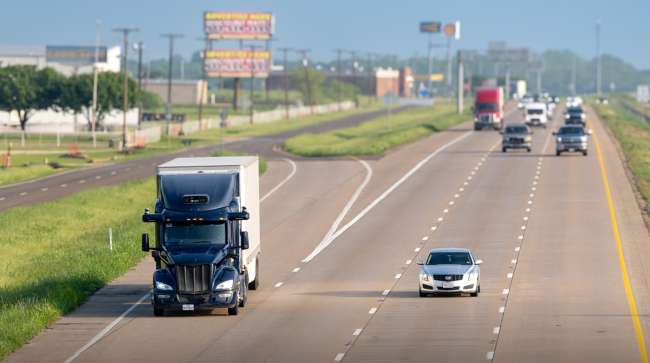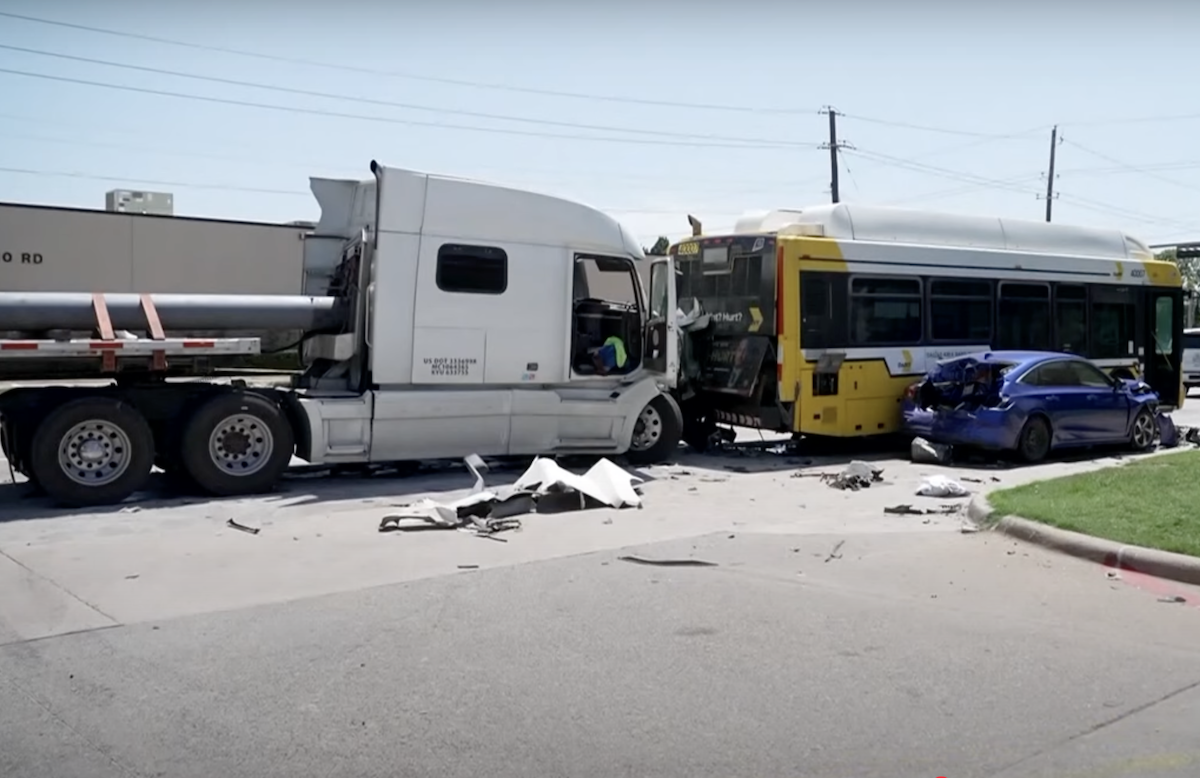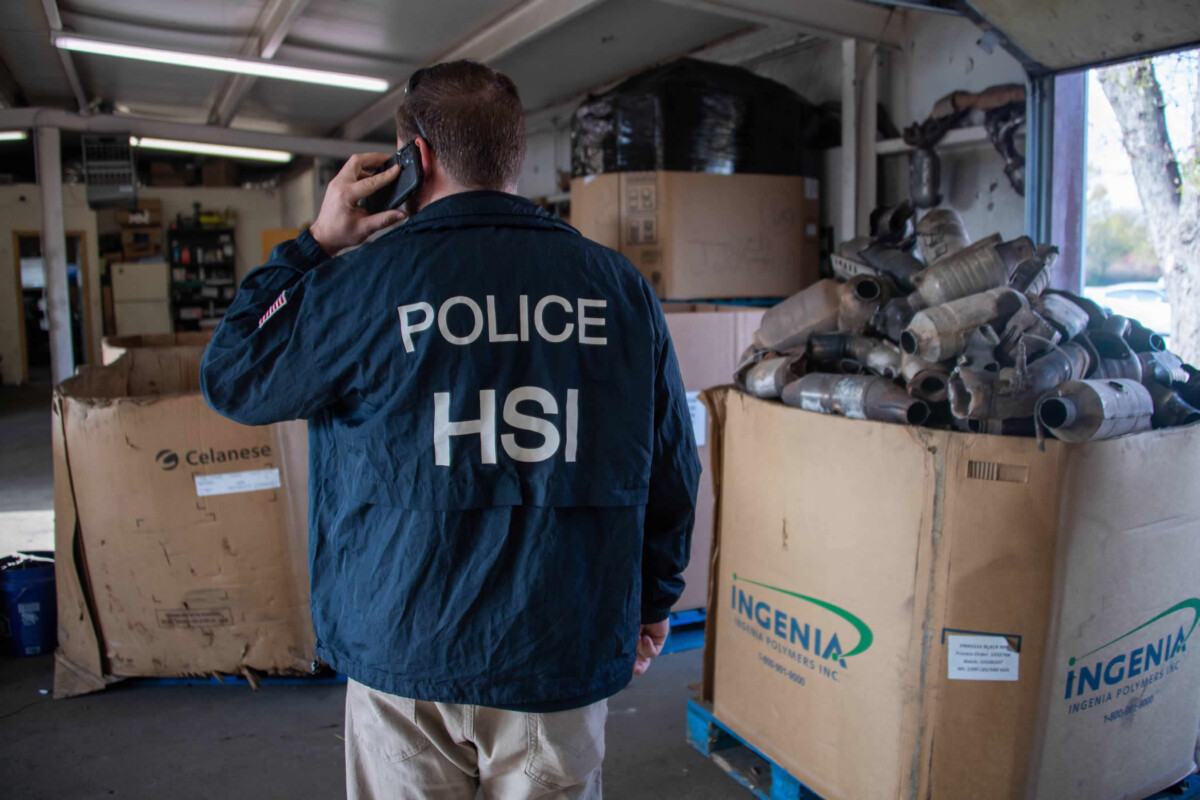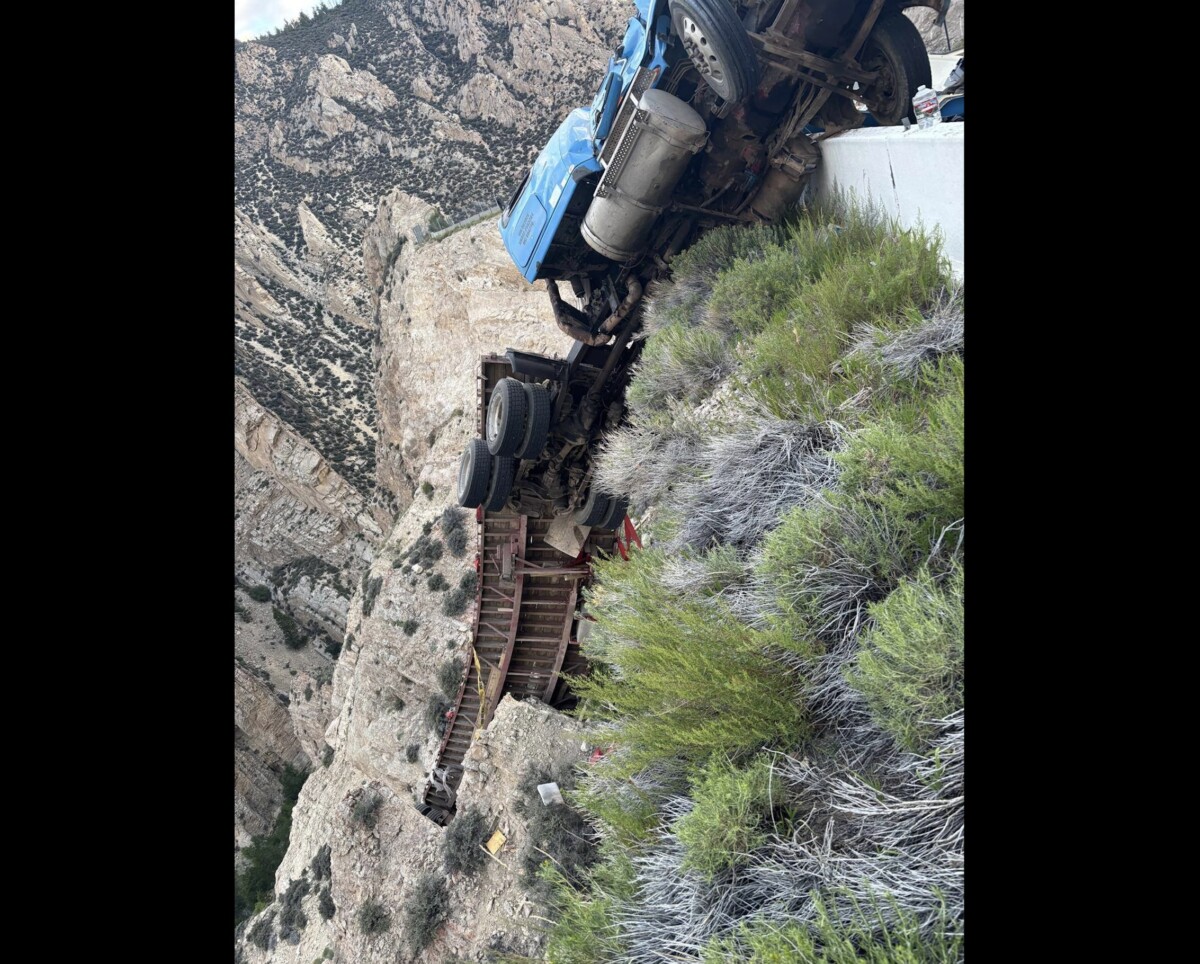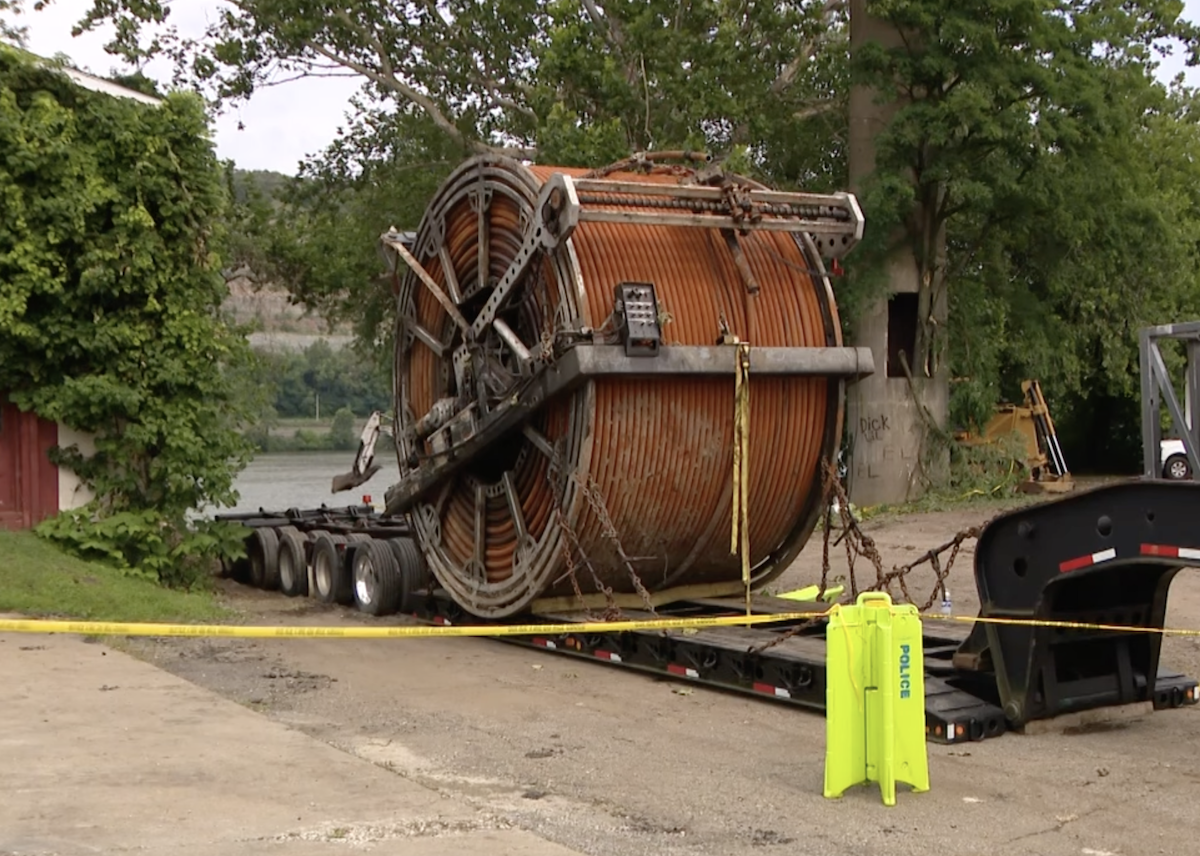Before removing human operators from the cab, Aurora completed a formal safety case — a structured body of evidence that demonstrates the system is acceptably safe for deployment. (Aurora Innovation)
Aurora Innovation has launched the nation’s first commercial driverless freight service, sending autonomous 18-wheelers between Dallas and Houston without a human behind the wheel.
The company’s rollout marks a significant milestone in the deployment of autonomous vehicle technology on public roads. Backed by more than 1,200 driverless miles and years of supervised testing, Aurora’s fleet is now delivering freight for paying customers along the Interstate 45 corridor using its proprietary self-driving system, the Aurora Driver.
Before removing human operators from the cab, Aurora completed a formal safety case — a structured body of evidence that demonstrates the system is acceptably safe for deployment. That case was shared with regulatory bodies including the Federal Motor Carrier Safety Administration, the National Highway Traffic Safety Administration and multiple Texas agencies. The company also issued a public Driverless Safety Report detailing its protocols for cybersecurity, remote assistance and operational limits.
“This is a moment I’ll never forget,” said Chris Urmson, CEO and co-founder of Aurora. “We are the first company to successfully and safely operate a commercial driverless trucking service on public roads.”

“This is a moment I’ll never forget,” Urmson said. (Aurora Innovation)
Aurora’s Class 8 trucks are equipped with advanced sensors capable of detecting objects more than 400 yards away, even in low light. The Aurora Driver system is classified as SAE Level 4, meaning it can operate without human intervention within a specific domain. That domain currently includes highway routes between Dallas and Houston, with plans to expand to El Paso, Texas, and Phoenix by late 2025.
During its four-year pilot phase, the company completed more than 10,000 hauls across 3 million miles. The commercial launch builds on that experience, but with no safety driver on board.
RELATED: Aurora Opens Lidar Testing Facility in Montana
Launch customers include Uber Freight and Hirschbach Motor Lines, both of which previously participated in Aurora’s supervised testing programs. The companies say driverless operations could help stabilize supply chains and improve working conditions for human drivers by eliminating the need for longhaul assignments.
“Today, that future is here,” said Lior Ron, CEO of Uber Freight. “Moving autonomous commercial freight without anyone behind the wheel is a historic step forward in our mission to build a smarter and more efficient supply chain.”
Hirschbach CEO Richard Stocking echoed that sentiment, citing the system’s potential to improve safety and job quality. “Autonomous trucks aren’t just going to help grow our business — they’re also going to give our drivers better lives by handling the lengthier and less desirable routes.”
Uber Freight ranks No. 14 on the Transport Topics Top 100 list of the largest logistics companies in North America. Hirschbach ranks No. 55 on the TT Top 100 list of the largest for-hire carriers in North America.
Texas Gov. Greg Abbott praised the launch as a testament to the state’s pro-innovation stance.
“Texas continues to attract emerging industries because we offer an environment that welcomes entrepreneurs and encourages innovation,” he said in a statement. “These new, autonomous semis on the I-45 corridor will efficiently move products, create jobs and help make our roadways safer.”
RELATED: Commercial Ops Debut Coming Fast for VNL Autonomous Truck
Aurora’s driverless trucks rely on a combination of artificial intelligence and redundancies built into every major system — from braking and steering to computing and communications. The company’s Verifiable AI framework is designed to ensure vehicles comply with traffic laws and respond appropriately in emergency scenarios, including yielding to first responders and anticipating red-light runners.

